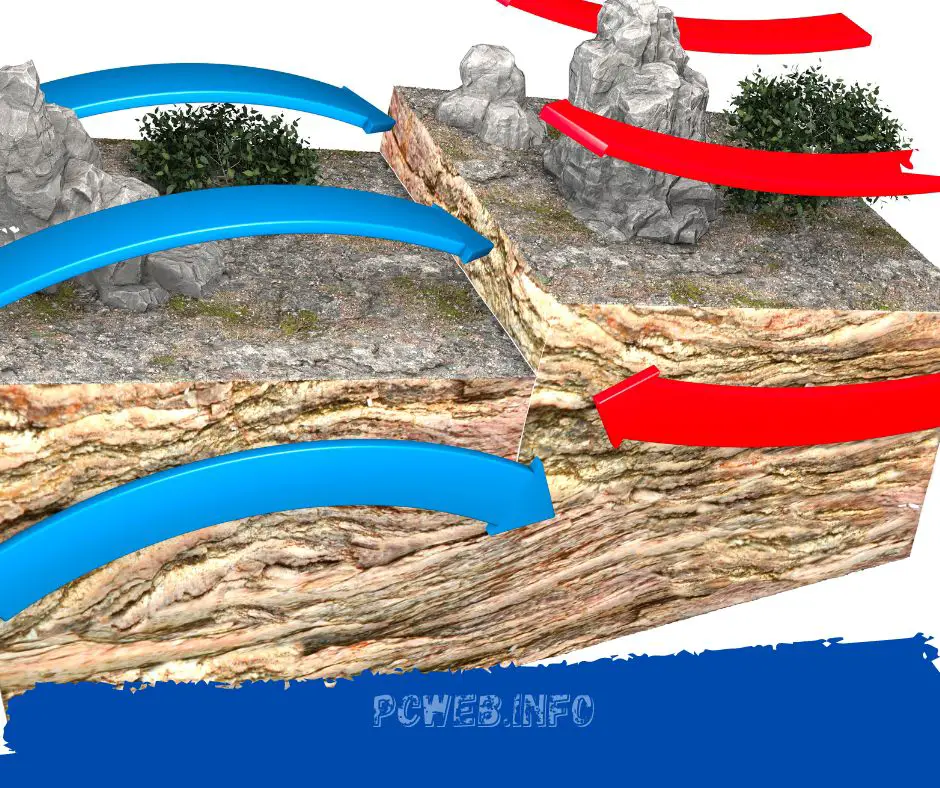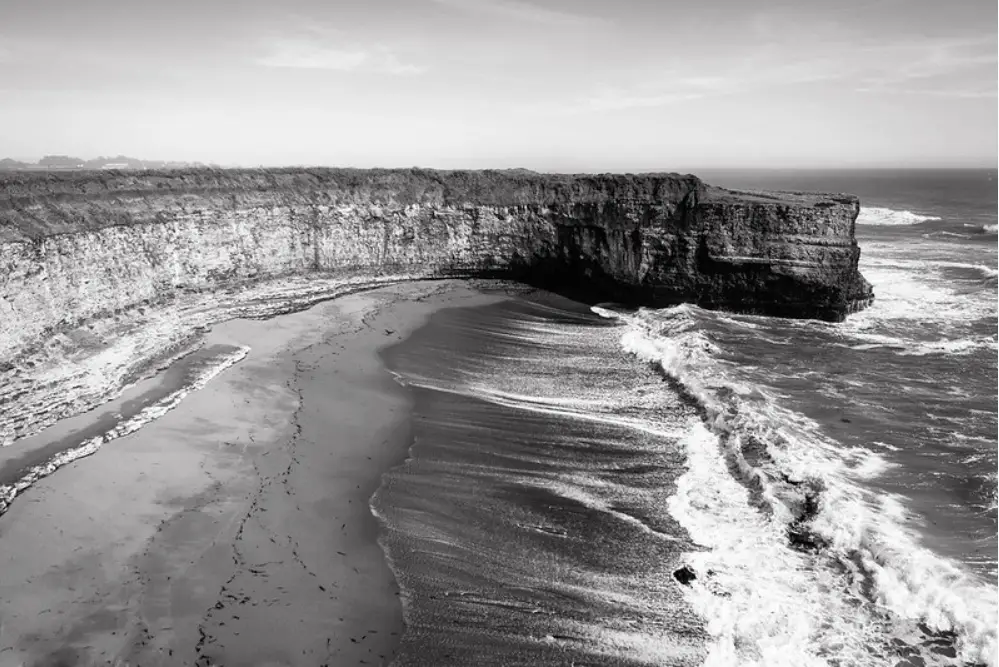Subduction and obduction similarities and differences. Subduction is a process in which a lithospheric plate sinks under the edge of another, the product of a collision between them. The obduction presents a totally opposite effect, where the collision of the plates does not end up sinking them because they are relatively similar. Subduction is responsible for magmatic activity, while obduction of mountain formations.

In this article we will know the main similarities and differences that exist between subduction and obduction, which will allow us to understand in greater depth each of these processes. Let’s start with a brief, but no less important definition of subduction and obduction.
Subduction: collision and sinking of asymmetrical lithospheric plates
Subduction occurs when two lithospheric plates collide, causing the heavier one to sink below the edge of the other, forming so-called convergent boundaries. Typically, the oceanic crust is usually the subducted one, that is, the one that sinks due to its density in front of the continental crust.
This phenomenon occurs in subduction zones, presenting mainly two types of subductions. On the one hand, we will find the subduction of oceanic lithosphere under oceanic lithosphere, and on the other, the subduction of oceanic lithosphere under continental lithosphere. There is another classification based on the degree of inclination that the subduction angle presents.
In this regard, we will find two types of subductions in this classification. First, trans-arc subduction, which has an angle of approximately 70 degrees of subduction, and, on the other hand, we will find the Andean subduction. The latter has a subduction angle of 25 to 30 degrees respectively.
Obduction: collision and folding of symmetrical continental lithospheric plates
Obduction is simply described as the opposite of subduction, but it is not enough to understand it in this way. This process also involves the collision of two lithospheric plates, but in this case, of the continental type. As a consequence of this, there will be no subduction, that is, the sinking of the denser plate under the edge of the other.
When it comes to obduction, the two colliding plates do not have subduction because they are similar in composition. Because of this, these will pile up to create a fold of mountains with an important extension. Mountain ranges, in fact, are produced by this phenomenon.
At present, obduction is a process that we can observe, at least in terms of its outcome. Different high mountain ranges on our planet, such as the Ural Mountains or the Himalayan Mountains have been effectively caused by obduction, giving rise to this type of formation on earth.
Already with a clear concept of each of these processes, it is time to go to our point of interest. And there are similarities and differences between subduction and obduction that are presented as follows.
Differences between subduction and obduction
We can find certain differences between subduction and obduction through:
a- The type of plate affected:
As noted in their descriptions, each process will involve a different type of board. More specifically, subduction can affect continental plates such as ocean plates. This implies that it can affect both two oceanic plates themselves, and one oceanic versus a continental one.
On the other hand, obduction only occurs in continental plates, characterizing, in fact, as a collision that occurs between these two, producing the aforementioned mountain folds.
b- The effect produced
Both subduction and obduction affect soils in a different way. First, subduction can cause earthquakes in the affected area. Its magnitude will depend on multiple factors, for example, the density of the plates.
Another agent of subduction is the formation of volcanoes, which can sometimes be overtaken by sea level as well, which will lead to ocean trenches in these cases.
As for obduction, we find an effect linked to the formation of mountainous extensions in the affected area. This is because the colliding plates are not dense enough for one of these to subduct. The result, an accumulation of mountainous and extensive mass.
But it’s not all about differences. These two processes also have similarities with each other, being more common than they seem. In this regard, subduction and obduction may have important similarities in the following aspects.
Similarities between subduction and obduction
We can also find similarities between these two phenomena, precisely, in terms of their effects and the place in which they occur:
a- Seismic effect
Although subduction is mainly responsible for causing seismic activity in the plates, obduction can also register earthquakes. This is because subduction is performed on plates denser than obduction, which, added to its incidence in the oceanic plate, increases its chances of producing an earthquake in the affected area.
b- Affected areas
Another point that can characterize in common these two processes are the areas in which they occur precisely. Subduction only occurs in subduction zones, just as obduction will only occur in obduction zones. In turn, we will understand that each of these phenomena will involve a specific pair of plates.
Recall, subduction can occur with both oceanic plates and continental plates, while obduction only occurs between continental plates. Obduction will require relatively similar continental plates in terms of their composition, which, in the case of subduction, the condition must be totally opposite. There will be no subduction if there is no difference between your plates.
These are the similarities and differences that exist between subduction and obduction respectively. Processes that have defined much of the behavior of soils, sometimes being responsible for the beautiful mountainous scenarios that characterize unique scenes on our planet, as well as seismic processes.
Read also: Plato’s contributions; What is ontology? ; Wikipedia
This post is also available in:
![]() English
English ![]() Français (French)
Français (French) ![]() Deutsch (German)
Deutsch (German) ![]() Español (Spanish)
Español (Spanish) ![]() Dansk (Danish)
Dansk (Danish) ![]() Nederlands (Dutch)
Nederlands (Dutch) ![]() Svenska (Swedish)
Svenska (Swedish) ![]() Italiano (Italian)
Italiano (Italian) ![]() Português (Portuguese (Portugal))
Português (Portuguese (Portugal))

